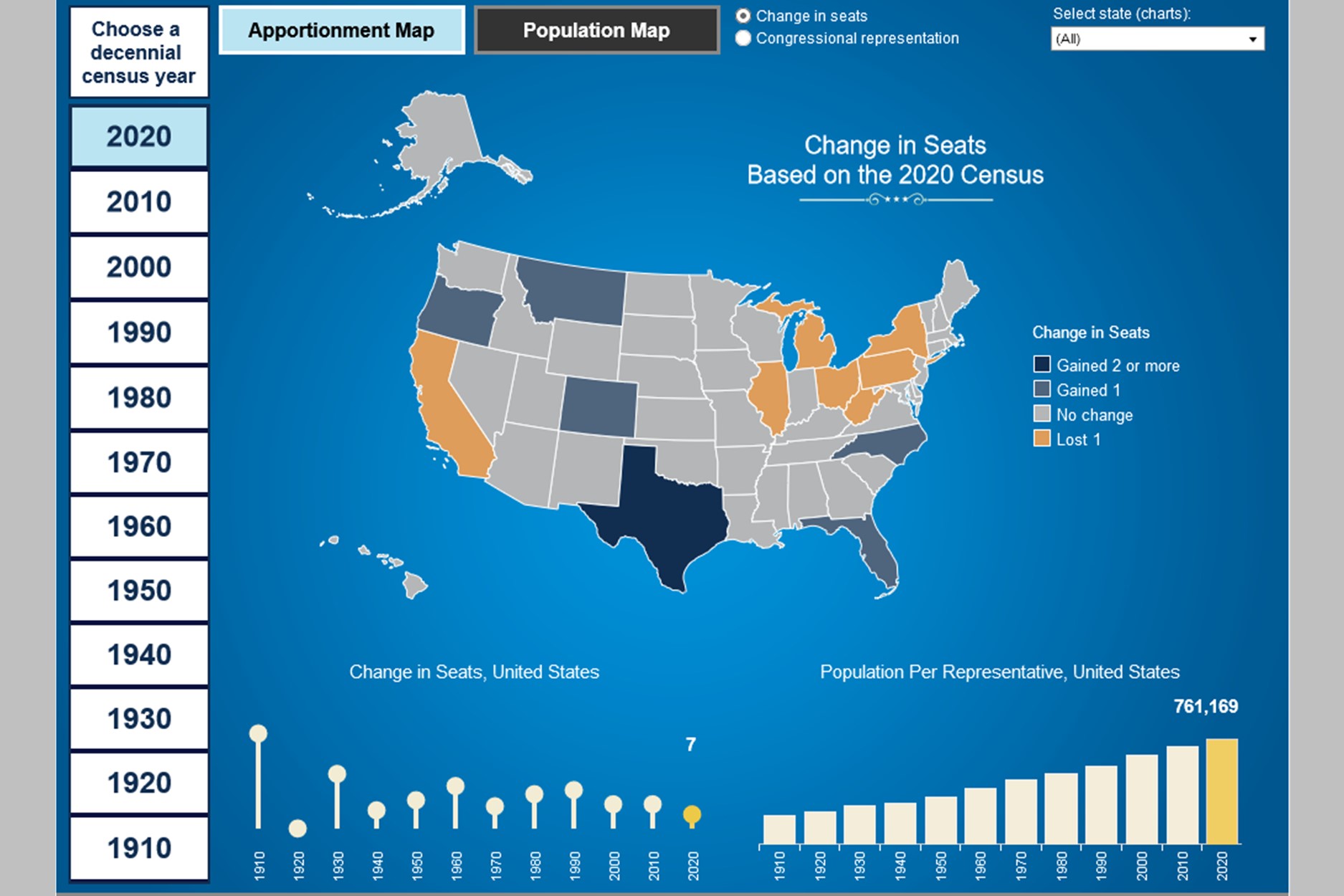Industry Sector Focus

This page contains analysis of New Jersey's key industry sectors. Industry sectors are the engines that drive job expansion and attract new businesses in New Jersey. Analysis of New Jersey's industry sectors is provided below to help keep New Jersey's industry sectors in focus. New Jersey Department of Labor and Workforce Development's team of labor market analysts produces the analytical articles, reports, and presentations on this page using the latest economic and demographic data available.
The manufacturing sector in New Jersey hosts a wide range of processes and products from food and printing to petroleum and pharmaceuticals.
- In 2024, there were over 253,000 people employed in 9,800 establishments classified as manufacturing in New Jersey
- NJ’s manufacturing industry contributed more than $58.6 billion to the Gross State Product in 2024, making up 9.3% of the total
- The Average Annual Wage for manufacturing employees in New Jersey was $99,500, 19% above the state average
- Manufacturing employers paid a total of $25.2 billion in total wages in 2024, 8.2% of all wages paid in the state
The vitality of the biopharmaceutical and life-sciences cluster in New Jersey is fundamental to the state's economic health with its well-paying jobs.
- In 2023, New Jersey's life sciences sector comprised 2,400 establishments employing 86,000 people.
- From 2018 to 2023, the sector experienced a job growth of 13,050 positions, marking a 17.9% increase.
- The average annual salary in the life sciences sector was $182,100 in 2023, more than double the state's average salary.
- The sector contributed $15.6 billion in total wages, accounting for 5.3% of all wages paid in New Jersey.
The construction and utilities sector provides many employment opportunities for blue collar workers to earn above average salaries.
- In 2020, New Jersey’s construction industry averaged 151,600 in total employment, a decrease of 9,880 (-9.3%) jobs from 2019. The average annual wage for construction workers in 2020 was $77,900.
- Over the past five years (2016 to 2020), the utility industry has seen an increase in its annual average earnings from $118,627 to $130,323 (+8.9%).
Report highlights:
- In 2023, New Jersey’s finance sector employed 233,500 workers (6.4 percent of all private sector jobs)
- From 2018 to 2023, New Jersey’s finance sector employment increased by over 11,400 jobs (a 5.1 percent growth rate)
- The average annual wage for workers in the finance sector increased 25.4 percent from 2018 to 2023to more than $157,000 (94.3% higher than the state average wage for all industries).
Report highlights:
- The industry had 508,800 jobs in 2023.
- Employers paid $37.3 billion in total wages in 2023, which accounted for 12.6 percent of all wages paid in the private sector.
- The industry contributed $52.8 billion to the Gross Domestic Product, accounting for 8.8 percent of total output.
- The share of health care jobs increased from 7.5% in 1990 to 11.8% in 2023.
New Jersey has a well-earned reputation as a place for great entertainment, vacations and restaurants which is why the Leisure & Hospitality industry continues to thrive throughout the state.
- Leisure & hospitality jobholding totaled 281,783 in 2020, or 8.8 percent of the state’s private sector workers, a lower percentage than for the nation (10.9%).
- L&H represented nearly $12 billion or 2.5 percent of the state’s real Gross Domestic Product in 2020 while the U.S. had a 3.3 percent representation in its GDP.
- New Jersey L&H employers paid over $8 billion in total wages during 2020, or 3.4 percent of the state total. In addition, the same businesses accounted for 8.9 percent of all units in the statewide total private sector in 2020 (8.7% for US).
Along with other service sectors such as the hospitality industry, retail is a critical point of entry, or “gateway,” into the labor force and provides workers with foundational skills in customer service, punctuality and responsibility.
- Retail trade jobholding totaled 405,786 in 2020, or 12.7 percent of the state’s private sector workers, a higher percentage than for the nation (12.5%).
- Retail represented nearly $34.1 billion or 7.1 percent of the state’s real Gross Domestic Product in 2020 while the U.S. had a slightly lower (6.7%) GDP representation.
- New Jersey retailers paid over $16.2 billion in total wages during 2020, or 6.8 percent of the state total. In addition, retail businesses accounted for 10.7 percent of all units in the statewide total private sector in 2020 (10.2% for US).
Industries in the technology cluster have a high proportion of scientists, engineers and technicians. They are primarily located in the utilities, manufacturing, information and professional, scientific and technical services industries.
- In 2020, New Jersey’s technology Sector accounted for 184,395 jobs, or 5.8 percent of private Sector employment statewide. Nationally the Sector was responsible for 5.8 percent of all private Sector employment.
- The annual average wage for the technology Sector was $146,123 in 2020, or 197.2 percent of the statewide average ($74,084) for all industries. Employers in the industry paid more than $26.9 billion in wages, or about 11.3 percent of the total wages paid in all industries.
- Technology Sector employment can primarily be found within the following sectors: professional, scientific and technical services (76.6%), and information (23.4%).
The real estate ideal of "location, location, location" aptly describes New Jersey's transportation, logistics and distribution industry.
- In 2020, transportation, distribution and logistics (TDL) average employment totaled 401,005 workers in New Jersey; or 12.5 percent of the state’s private sector workers, a higher percentage than for the nation (9.5%).
- The state’s TDL employers in 2020 paid nearly $30.2 billion in total wages, 7 percent of all wages paid in the state.
- New Jersey’s TDL contributed $62.5 billion to the state’s Real Gross Domestic Product (GDP) in 2020, the sixth highest dollar amount per state nationwide. The Journal of Commerce has noted that one-third of the nation’s GDP is produced within 250 miles of the Port of New York and New Jersey.
- New Jersey offers access to approximately 39,000 miles of public roadways, 950 miles of the nation’s freight rail network and NJ Transit system (rail, light rail, bus and paratransit services) that’s been able to carry over 900,000 passengers each day.
- The State is also home to many key transportation facilities necessary for a strong TDL industry cluster including several top ranking seaports and two international airports.
 Official Site of The State of New Jersey
Official Site of The State of New Jersey

